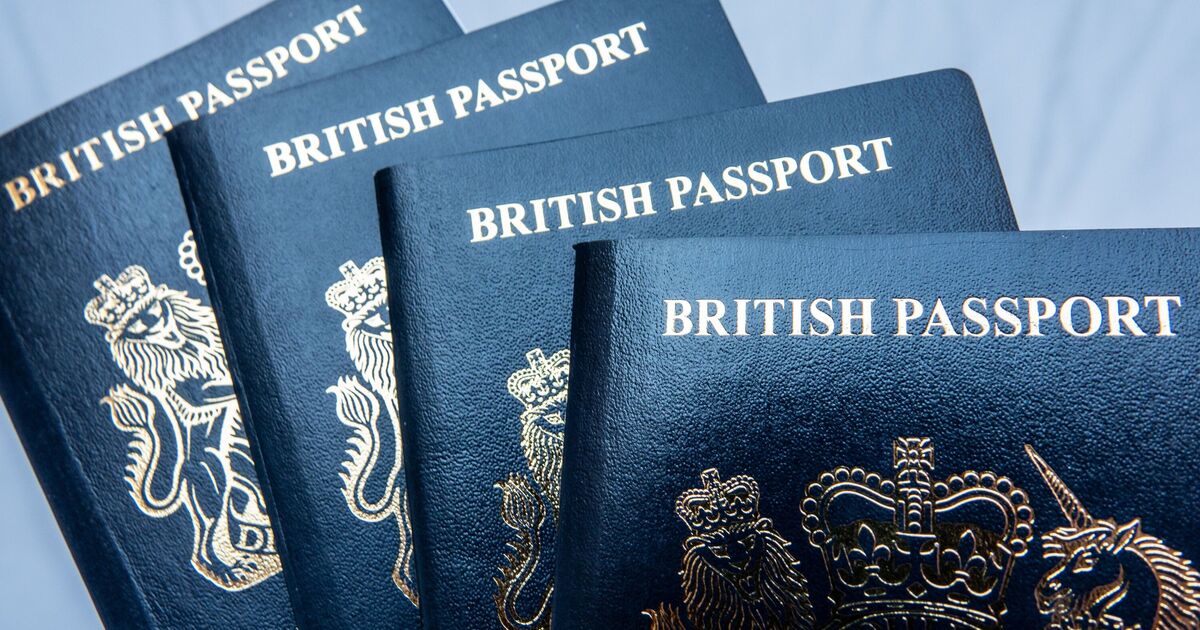Brits visiting popular holiday spots across Europe could soon be turned away at the border if they don’t have a travel permit. Anyone travelling on a British passport will need a new document before heading to the Schengen area, which includes 29 countries.
EU bosses are introducing the European Travel Information and Authorisation System (ETIAS), a new travel permit, to beef up security and tighten the borders of the Schengen Zone. The scheme has been delayed several times, but according to the latest update, UK travellers won’t need one for EU travel until at least April 2027. Earlier this year, the EU’s Directorate-General for Migration and Home Affairs announced that the ETIAS will be launched in the last quarter of 2026. However, due to a transitional and grace period, the requirement to apply for an ETIAS before setting off won’t become mandatory until 2027.
The rollout of ETIAS is tied to the launch of the Entry/Exit System (EES), and each permit costs £17.44. After numerous delays, the EU has agreed to start implementing the EES in October this year. This phased introduction allows member states to gradually introduce the new border system over a six-month period.
It will be required for travel to and between the following nations: Austria, Belgium, Bulgaria, Croatia, Czechia, Denmark, Estonia, Finland, France, Germany, Greece, Hungary, Iceland, Italy, Latvia, Liechtenstein, Lithuania, Luxembourg, Malta, Netherlands, Norway, Poland, Portugal, Romania, Slovakia, Slovenia, Spain, Sweden and Switzerland.
If you’re journeying to a Schengen area destination with a UK passport, you’ll be required to register biometric information, including fingerprints or photographs, when you arrive. The EES registration will substitute the existing system of manually stamping passports as visitors enter the EU.
The ETIAS is linked to an individual’s passport and stays valid for three years or until the passport expires, whichever comes first. Should you obtain a new passport, you’ll be required to obtain a fresh ETIAS travel authorisation.
Possessing a valid ETIAS travel authorisation permits multiple entries into the territories of participating European nations for brief visits, typically up to 90 days within any 180-day period. Nevertheless, this doesn’t guarantee entry.
At the border, officials will request your passport and supplementary documents to confirm that you satisfy the entry requirements. Most ETIAS applications are processed and approved “almost immediately”, but mistakes in your application could result in rejection.
Without a valid ETIAS, you’ll be barred from entering countries like France, Spain and Italy. SchengenVisaInfo has outlined five potential reasons for your ETIAS application being turned down:
- You don’t have a valid passport
- You miss to attend a required interview
- You submit an incomplete application
- You’re considered a ‘”risk”
- You have a Schengen Information System (SIS) alert
If your ETIAS application is rejected, you have the right to challenge the decision

